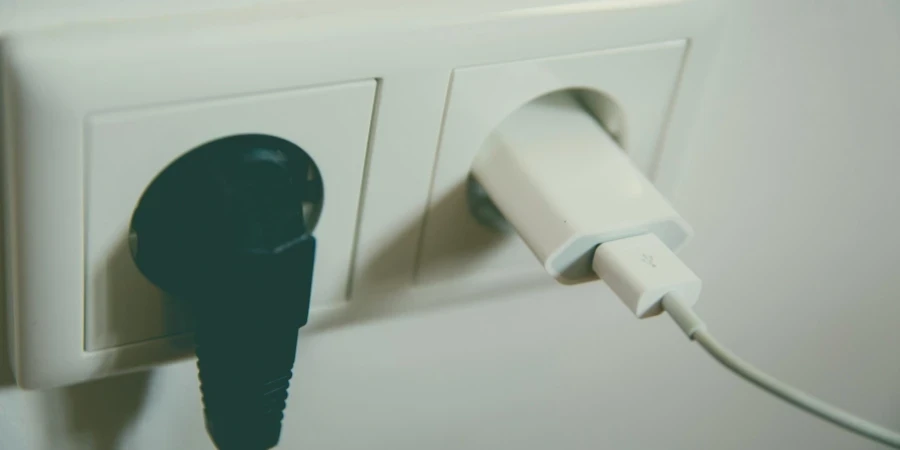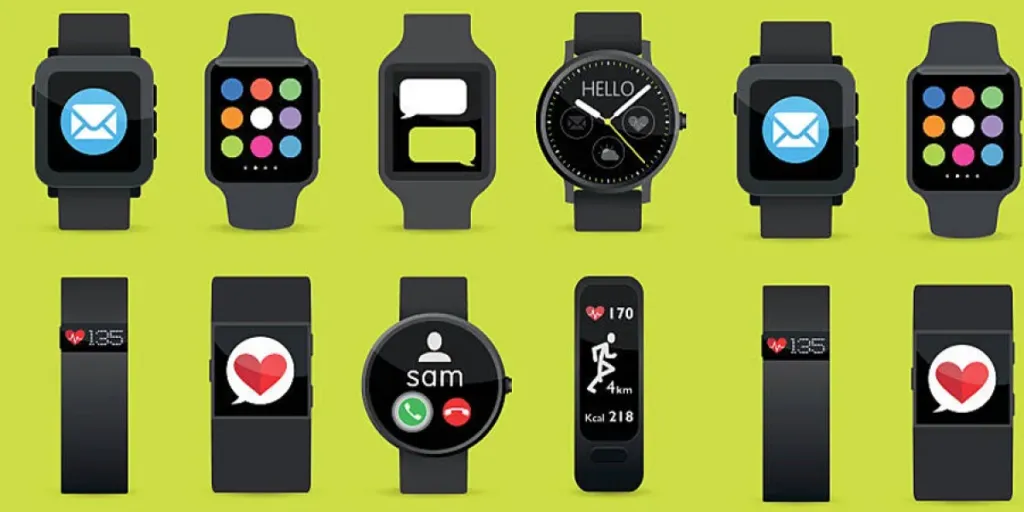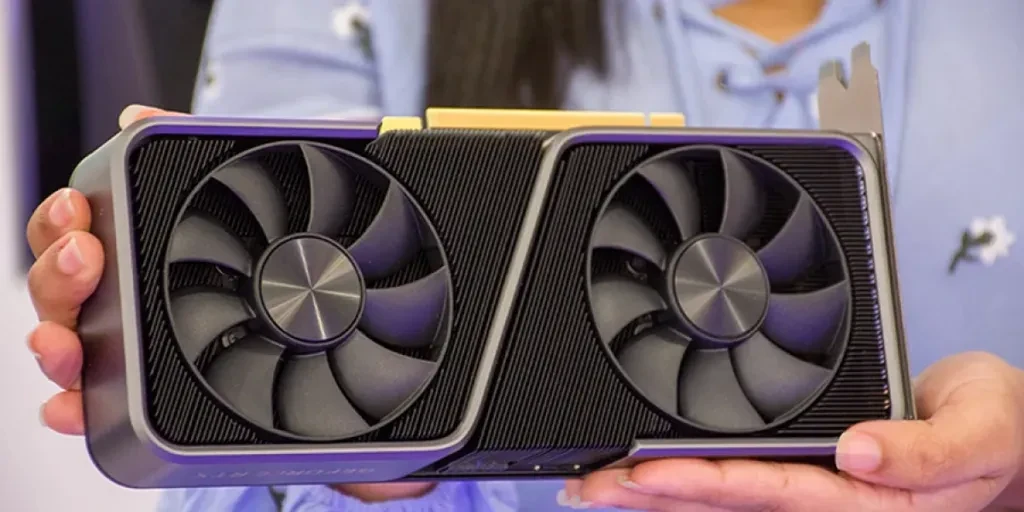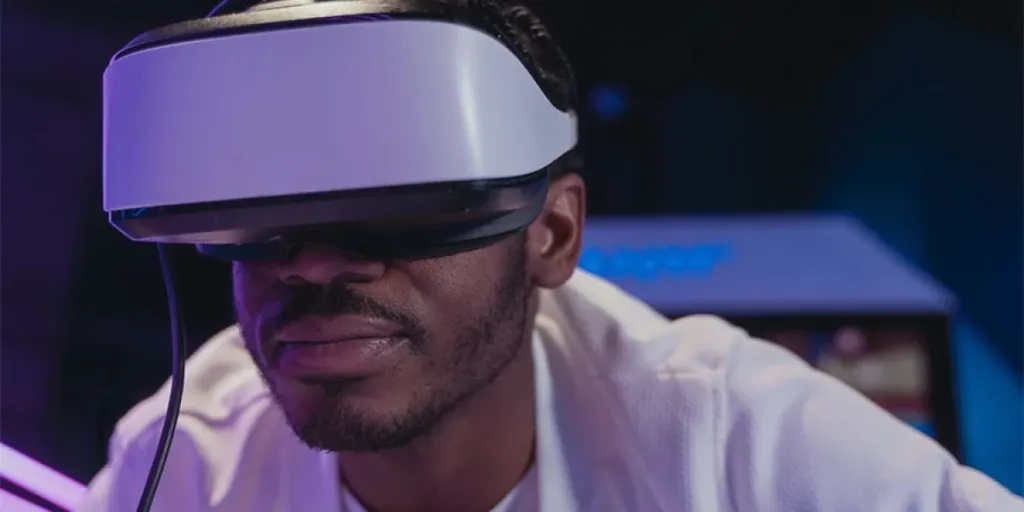Table of Contents
Introduction
Market overview
Key technology and design innovations
Top-selling models driving market trends
Conclusion
Introduction
Cables and accessories are crucial in powering modern infrastructure, from residential spaces to large industrial complexes. As industries evolve, the need for smarter, more durable, and efficient cable solutions has intensified. Innovations such as superconductors and hybrid cables drive the market forward, offering better performance and reliability. With growing applications in areas like smart grids and renewable energy, the cable industry is experiencing significant growth. This surge is reshaping the future of connectivity and power distribution across sectors.
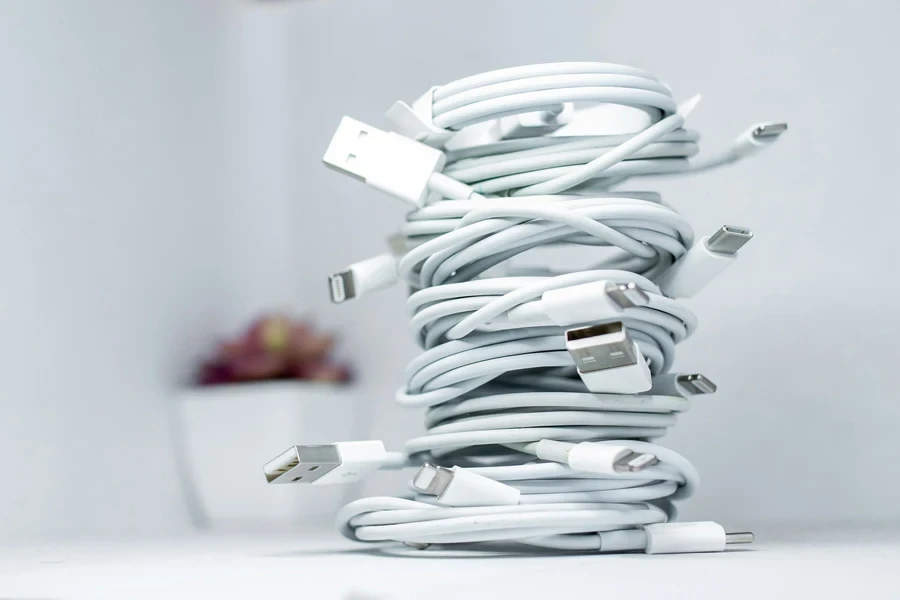
Market overview
The global cable accessories market was valued at $57.1 billion in 2023 and is expected to reach $93.1 billion by 2032, growing at a 5.4% CAGR, according to IMARC Group. This growth is fueled by the rising adoption of smart grids and smart infrastructure, which require advanced cable systems for efficient power transmission and connectivity. Additionally, increasing urbanization and the demand for renewable energy systems are contributing to this expansion. The ongoing development of smart cities and government initiatives to modernize power grids are also key factors driving market growth.
The Asia Pacific region holds the largest market share, supported by large-scale infrastructure projects and urbanization efforts, as reported by IMARC Group. For instance, in China, the urbanization rate reached 66.16% in 2023, creating a substantial demand for modern electrical solutions. However, underground cabling remains costly, with expenses 5 to 10 times higher than overhead systems, making it a challenge for densely populated areas. Despite this, the need for durable and efficient cable systems continues to rise, especially with the growing focus on energy sustainability and environmental resilience.
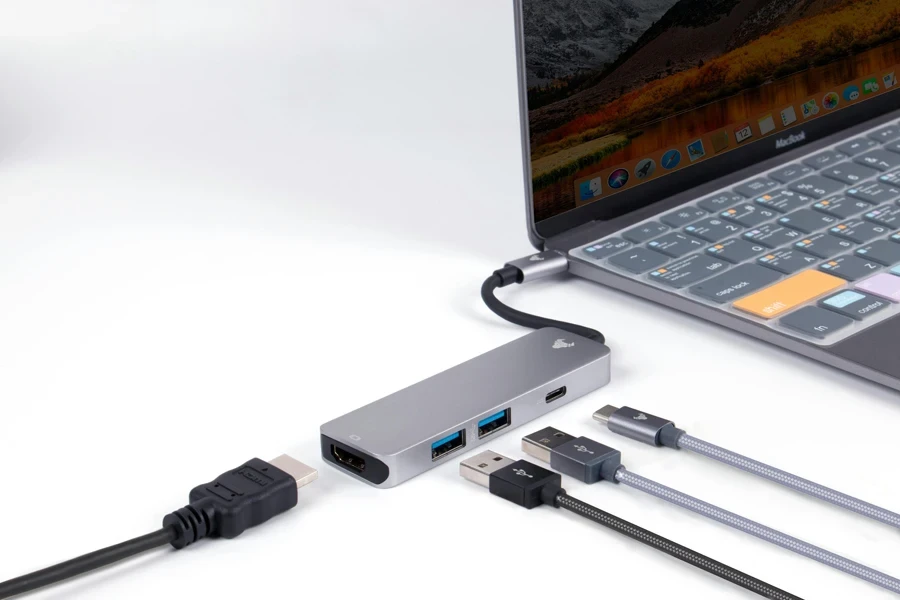
Key technology and design innovations
Superconductor cables are transforming power grids by enabling higher electricity transmission with minimal energy loss. According to IMARC Group, these cables significantly improve grid efficiency, reducing energy waste and increasing reliability. They are vital for modern infrastructures like smart cities and renewable energy systems, where energy efficiency is critical.
Hybrid cables are also making a strong impact by combining power, data, and even pneumatic lines into a single, compact solution. According to Lapp Group, these cables are increasingly used in space-constrained environments like robotics and industrial automation, where the demand for data connections and power in tight spaces is growing. The use of hybrid cables reduces installation complexity and increases flexibility, making them essential for factories and smart infrastructure projects.
Fiber optic cables are leading the way in data transmission, offering unmatched speed and bandwidth. These cables are critical for applications like 5G networks and smart grids, where rapid and reliable data exchange is required. According to Prime Cables, fiber optics have replaced many traditional copper-based cables in long-distance communication and internet services due to their efficiency in transmitting large amounts of data.
Fire-resistant cables are becoming essential in construction and transportation sectors, where safety is paramount. These cables are designed to maintain power transmission during fire incidents, reducing risks of electrical fires and ensuring continued operation of critical systems. As per IMARC Group, they are widely adopted in infrastructure projects where safety regulations demand enhanced fire protection.
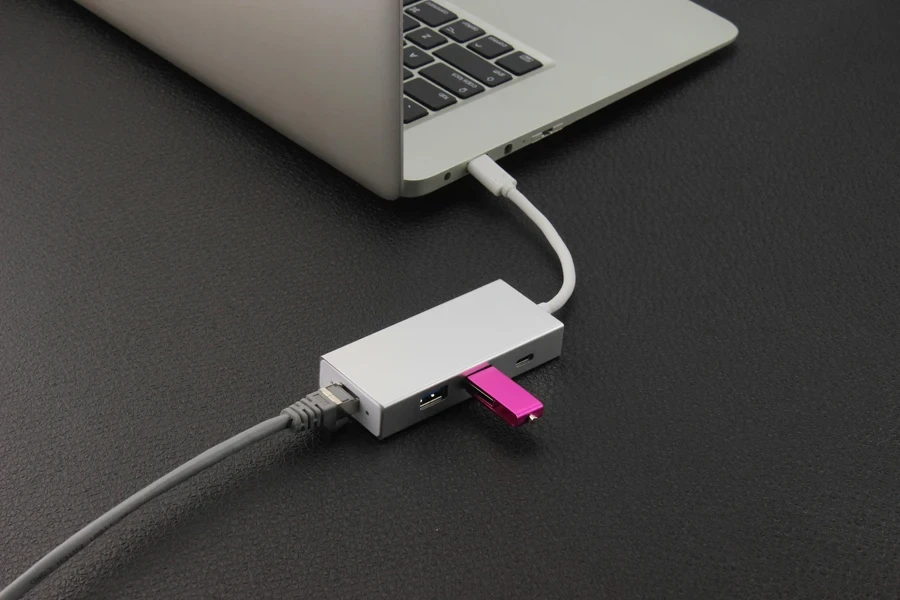
DC power transmission is gaining traction as systems like solar panels and electric vehicles rely more on direct current. Lapp Group highlights that switching from AC to DC networks can significantly reduce energy losses during transmission, making DC cables a more efficient choice for modern energy solutions. This shift is driving innovation in cable technology, as new designs are required to handle the unique properties of DC voltage.
Wireless power transmission is emerging as a complementary technology to traditional cables. It provides greater flexibility in high-sensitivity and high-mobility applications, such as medical devices and industrial equipment, where cables can be limited. However, according to Lapp Group, cables remain irreplaceable in environments where data reliability and low latency are critical, ensuring that wireless and wired technologies coexist effectively.
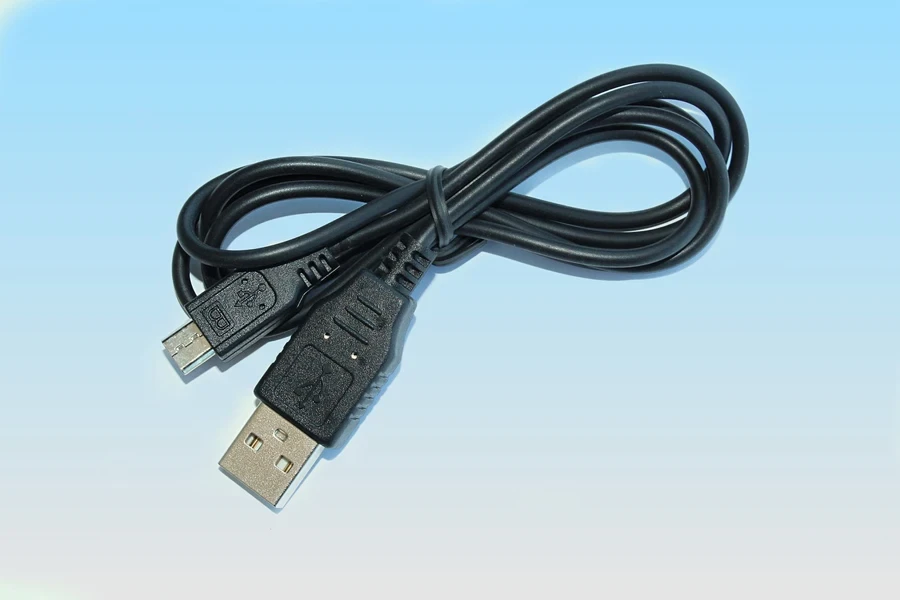
Top-selling models driving market trends
High-speed data cables are essential in supporting the infrastructure of data centers, cloud computing, and high-performance networks. As the demand for seamless data transmission continues to rise, these cables play a vital role in ensuring fast and reliable connectivity. According to Prime Cable Industries, high-speed data cables are crucial for enabling large-scale data handling, making them indispensable for services like cloud storage, video streaming, and enterprise-level applications. With the global expansion of data centers and digital transformation initiatives, the demand for these cables is expected to grow exponentially.
Flat wires and cables have become a popular choice in industries where space efficiency and flexibility are critical, particularly in compact electronic devices like smartphones, laptops, and robotics. These cables are designed to bend and twist without breaking, making them ideal for devices with limited space. According to Prime Cable Industries, flat cables are now a key component in industries that require high durability without compromising on performance. Their use in automation and robotics further accelerates their adoption, as these sectors rely on cables that can withstand repetitive movements and tight configurations.
Ethernet and HDMI cables remain dominant in both consumer and enterprise markets due to their reliability and versatility. Ethernet cables are crucial for maintaining robust and high-speed internet connections in homes, offices, and industrial networks, supporting applications ranging from basic browsing to complex data management. HDMI cables are widely used for transmitting high-definition video and audio signals, becoming standard in home entertainment systems, gaming consoles, and professional audiovisual setups. According to Prime Cable Industries, the continued growth of the entertainment industry, combined with the rising demand for high-resolution content, is driving the sales of HDMI cables globally.
Underground feeder and direct-buried cables are designed to perform under harsh conditions, making them suitable for outdoor and underground installations where exposure to moisture, temperature fluctuations, and environmental stress is high. These cables are critical for both urban and rural infrastructure projects, where reliability and durability are necessary for long-term operations. According to Prime Cable Industries, their use in powering electrical grids, telecommunications networks, and renewable energy projects is on the rise as infrastructure expands globally. Their ability to function in extreme conditions makes them a top choice for modern, resilient infrastructure projects.
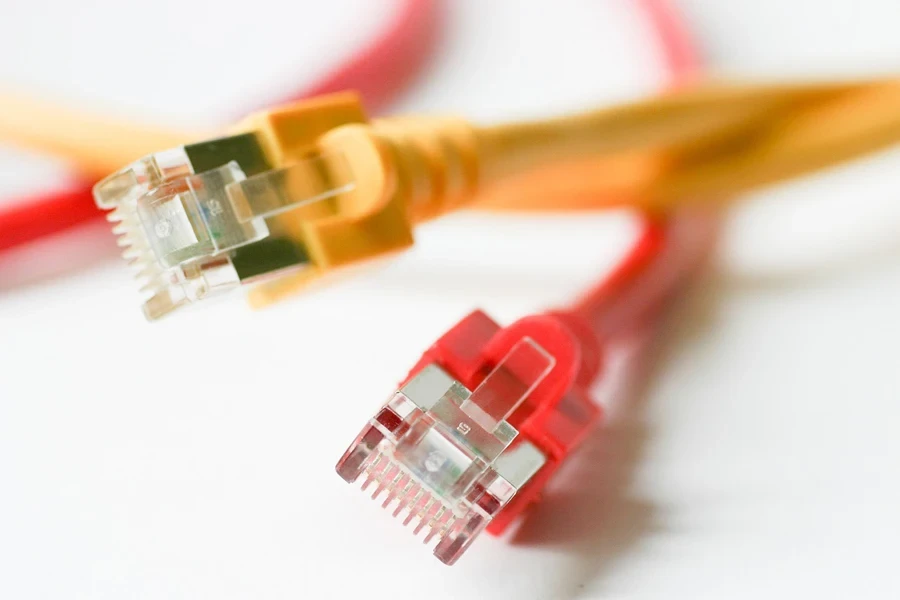
Conclusion
The cable accessories market is experiencing rapid growth, fueled by technological advancements and increasing demand from various sectors. Innovations like superconductor, fiber optic, and hybrid cables are driving greater efficiency and sustainability in power and data transmission, positioning the industry to play a critical role in future infrastructure development. As industries continue to evolve, these advanced cable solutions will be essential in supporting smarter, more connected systems across the globe.
